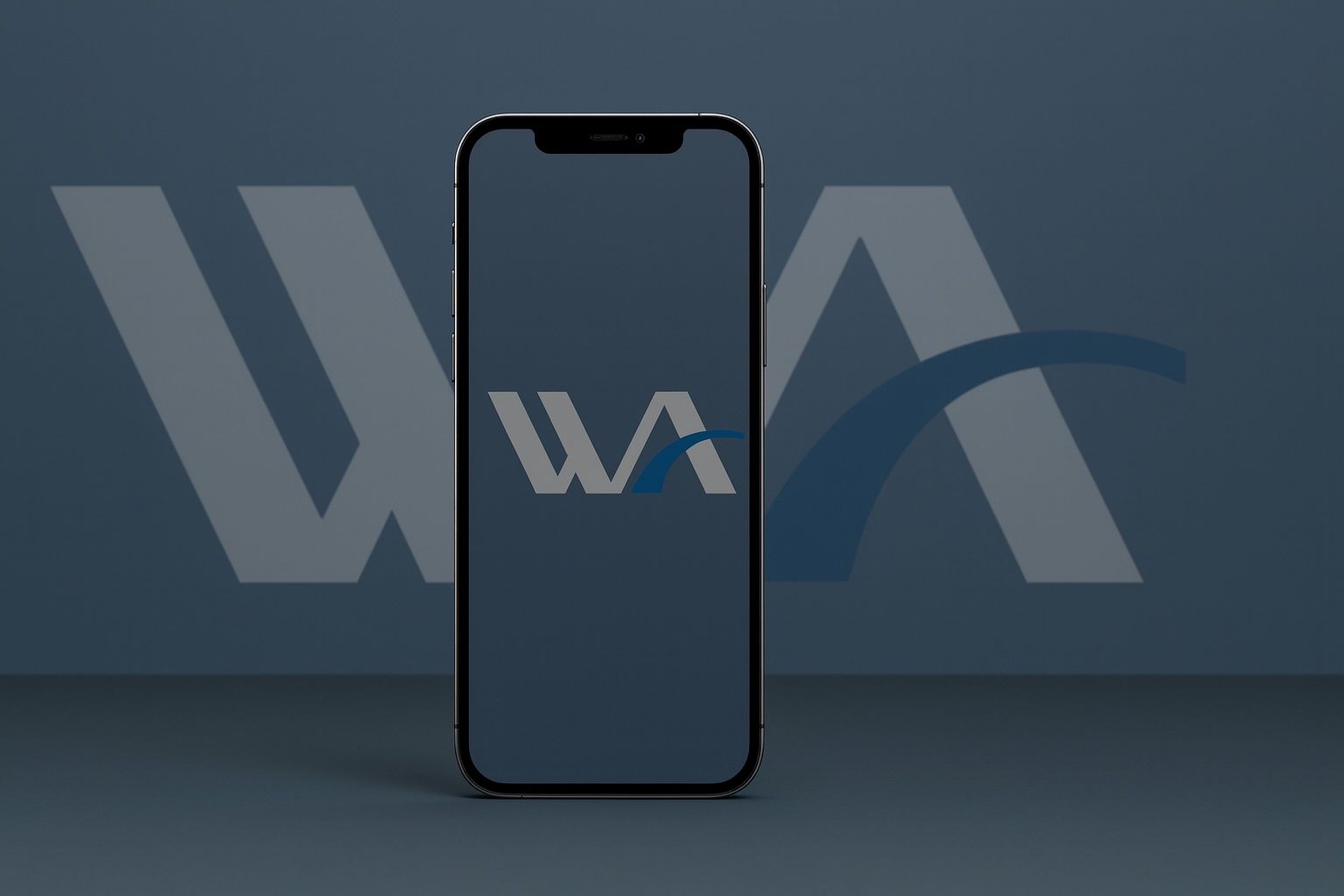- Western Alliance (NYSE: WAL) traded around $78–79 in mid‑October 2025 [1], off from its 52-week high near $98 (one-year range $57–$98 [2]). Analysts’ 12‑month target is roughly $100–105, implying ~30–35% upside [3] [4].
- Shares slumped in early October after news of exposure to bankrupt auto-supplier First Brands Group. A Jefferies fund had about $715M tied to First Brands receivables, sparking fear of losses for Western Alliance [5] [6]. The stock dropped ~4% on Oct 8 on this news [7], and was still down ~5–6% by Oct 16 [8].
- JPMorgan and other analysts have upgraded WAL. JPMorgan’s Anthony Elian raised his price target to $105 with an Overweight rating [9]. RBC Capital boosted its target to $100 (Outperform) on Oct 10 [10]. Consensus is Strong Buy (14 Buys, 1 Sell) with average target ≈$103 [11] [12].
- Western Alliance reports Q3 2025 earnings on Oct 21 (after market). Analysts expect about $2.11 EPS on ~$891M revenue for Q3 [13] (up from $1.91 EPS and $718M in Q2). Meeting estimates could lift the stock if worries over First Brands abate.
- The wider U.S. banking sector is upbeat: major banks just reported strong Q3 results (record trading and solid net interest income) [14] [15], bolstering confidence in banks. For example, JPMorgan and BofA exceeded forecasts with high trading revenues and NII [16].
Stock Trends and Recent Moves
Western Alliance’s stock has been volatile recently. After rallying through summer, it tumbled in early October. On Oct 8, WAL fell about 4% amid headlines that a Jefferies-managed fund (Point Bonita) held ~$715 million in First Brands receivables [17] [18]. By Oct 15, WAL closed near $78.84, down ~4% for the day [19]. Trading volume surged as investors digested the news. A day later (Oct 16), Reuters reported WAL shares were still down ~5.4% [20], despite the bank’s reassurances. Management disclosed it had filed a fraud lawsuit related to one credit and said its “criticized assets” (weak loans) actually fell from June to Sept [21]. These efforts helped “pare losses” on Oct 16 [22], but the stock remained well below recent highs. (For context, Western Alliance’s 52-week range is about $57 to $98 [23].)
First Brands Bankruptcy Exposure
The sharp swing is largely driven by First Brands Group’s collapse. First Brands, an auto-parts supplier, filed Chapter 11 in late Sept with $10–$50 billion of liabilities [24]. TS2 Tech reported that First Brands immediately drew $1.1 billion in DIP financing to keep running [25]. Crucially, First Brands had quietly amassed large off-balance-sheet debts and had sold factored receivables to finance buyers. Jefferies was First Brands’ main lender for years; its Point Bonita fund holds roughly $715M of First Brands–backed receivables [26] – nearly 25% of that fund’s $3B portfolio. These receivables were supposed to be payments from major retailers (Walmart, AutoZone, etc.) that First Brands sold; but First Brands stopped forwarding customer payments in mid-September [27].
News of this “vanished” debt spooked investors. Western Alliance itself didn’t loan directly to First Brands, but its involvement via Jefferies triggered fear of spillover. Analysts note that in a worst-case, Western Alliance’s hit should be limited – Jefferies says it’s working “diligently” to protect Point Bonita [28]. Indeed, reports suggest Jefferies’ own losses may be “manageable” given its small direct equity in the fund [29]. Western Alliance management stressed that its direct credit problems have not worsened: the bank said its total weak loans are actually lower than last quarter [30]. In short, the First Brands saga highlights risks in opaque credit webs, but so far Western Alliance’s balance sheet appears solid.
Analyst Commentary and Forecasts
Wall Street analysts have largely taken a cautious-but-bullish stance. JPMorgan analyst Anthony Elian maintained an Overweight rating and lifted his 12‑month price target to $105 [31]. He cites Western Alliance’s strong deposit initiatives and growing net interest income. Similarly, RBC Capital bumped its target to $100 (Outperform) in early Oct [32]. TD Cowen and National Bankshares have also set lofty targets (~$118) with Buy ratings in late Sept [33]. Overall, 13 of 14 covering analysts are positive, and the consensus 12‑month target is about $103–104 [34] [35] (about 30–35% above current levels). MarketBeat notes analysts expect ~$9.05 EPS for 2025 (full year) [36].
Some analysts have even downplayed the First Brands scare. A Seeking Alpha author summarized that Jefferies’ disclosures imply any WAL losses should be “unlikely to cause material losses” [37]. Indeed, with Western Alliance trading at a premium to book but still below historical valuations, the stock could rebound if these fears prove overblown. The coming Q3 results (Oct 21 after market) will be critical. Analysts forecast about $2.11 EPS on roughly $891M revenue [38] – both solid year-over-year gains. If WAL meets or beats estimates and words downplay credit concerns, analysts expect the stock to climb.
Banking Sector & Peer Trends
Western Alliance’s moves come as the broader banking sector looks strong. In mid-October, major banks reported surprisingly robust results: JP Morgan, BofA, Morgan Stanley, Wells Fargo, etc., all beat earnings and revenue forecasts [39]. A FinancialContent report noted “a powerful surge” in Q3 earnings across big banks, driven by a rebound in trading and sustained net interest income [40] [41]. This fueled a mini-rally in bank stocks: the KBW regional bank index climbed, and analysts upgraded many big names. Bank stocks’ strength stems from diversified revenues (M&A fees, trading gains) and still-solid lending margins [42].
Nevertheless, Western Alliance faces headwinds and is often lumped with other regionals. For example, in April WAL shares plunged nearly 10% in one day, alongside peers, after tariffs risk hit markets [43]. Likewise, on Oct 16, a Reuters story noted Western Alliance sold off as Zions Bancorp announced a $50 million loan charge-off [44]. Even though Western Alliance was not involved in that particular loss, the episode rattled regional bank sentiment. Such volatility shows that smaller banks can trade on the broad risk environment – interest rate worries, loan quality fears and regulation headlines all matter.
On the flip side, Western Alliance’s fundamentals are sounder than many peers. Its loan growth (targeting billions in new loans), focus on tech/venture clients, and rising deposit initiatives position it for growth [45] [46]. (JPMorgan notes WAL is pushing toward $100B in assets, which could trigger regulatory relief on some rules [47] [48].) Compared to smaller regionals, Western Alliance also boasts a strong capital position and has navigated past shocks fairly well.
Outlook
In summary, Western Alliance’s recent stock swoon is tied mainly to external events (First Brands bankruptcy, broader credit jitters) rather than a sudden deterioration of its own earnings. Investors will be watching the Oct 21 earnings and any further analyst commentary. If results come in line or better – and if fears of hidden losses fade – many analysts see the stock as a buying opportunity. As one recent report puts it, the First Brands exposure “appears overblown,” and Western Alliance could have upsides to the low-$100s per share [49]. However, risks remain: any surprise credit losses or a chill in the economy could weigh on WAL.
Sources: Company filings and press releases; analyst notes; Reuters, Investing.com, Yahoo Finance, MarketBeat, Investopedia, TS2 Tech and other financial media [50] [51] [52] [53] [54] [55] [56] [57].
References
1. www.investing.com, 2. www.investing.com, 3. www.investing.com, 4. www.marketbeat.com, 5. ts2.tech, 6. mlq.ai, 7. mlq.ai, 8. www.reuters.com, 9. www.marketbeat.com, 10. www.marketbeat.com, 11. www.marketbeat.com, 12. stockanalysis.com, 13. www.marketbeat.com, 14. markets.financialcontent.com, 15. markets.financialcontent.com, 16. markets.financialcontent.com, 17. ts2.tech, 18. mlq.ai, 19. www.investing.com, 20. www.reuters.com, 21. www.reuters.com, 22. www.reuters.com, 23. www.investing.com, 24. ts2.tech, 25. ts2.tech, 26. ts2.tech, 27. ts2.tech, 28. ts2.tech, 29. ts2.tech, 30. www.reuters.com, 31. www.marketbeat.com, 32. www.marketbeat.com, 33. www.marketbeat.com, 34. www.marketbeat.com, 35. stockanalysis.com, 36. www.marketbeat.com, 37. mlq.ai, 38. www.marketbeat.com, 39. markets.financialcontent.com, 40. markets.financialcontent.com, 41. markets.financialcontent.com, 42. markets.financialcontent.com, 43. www.investopedia.com, 44. www.reuters.com, 45. www.benzinga.com, 46. www.reuters.com, 47. www.benzinga.com, 48. www.benzinga.com, 49. mlq.ai, 50. www.marketbeat.com, 51. www.investing.com, 52. ts2.tech, 53. ts2.tech, 54. markets.financialcontent.com, 55. www.reuters.com, 56. mlq.ai, 57. www.investopedia.com







